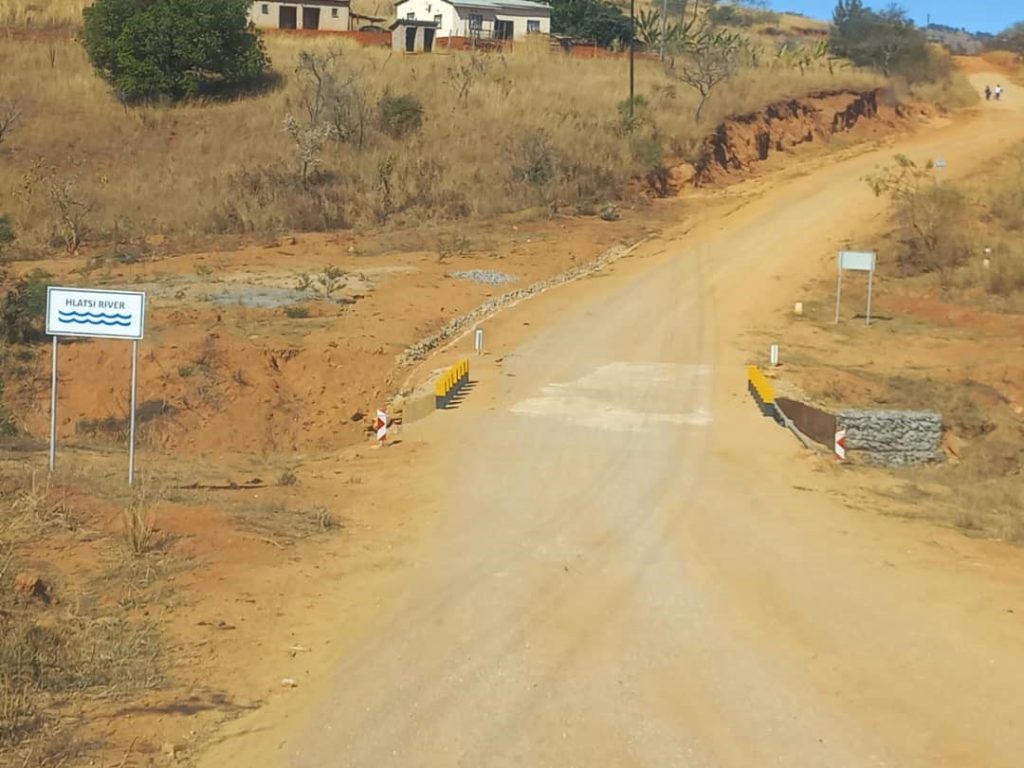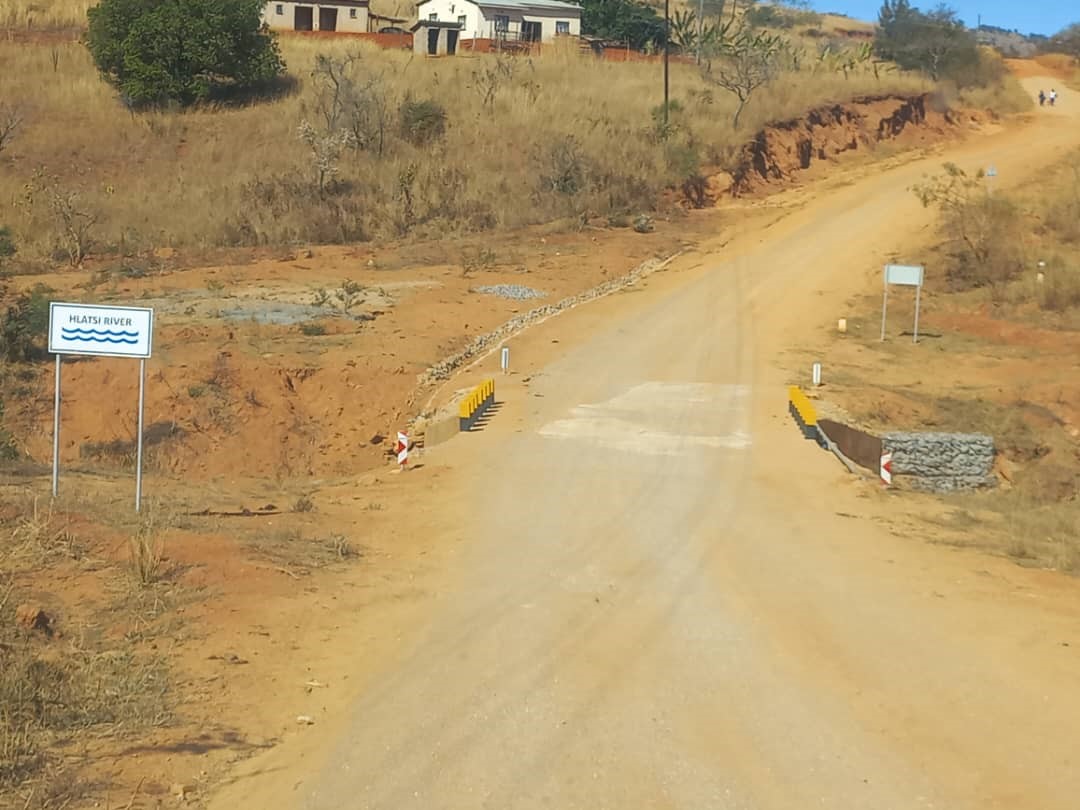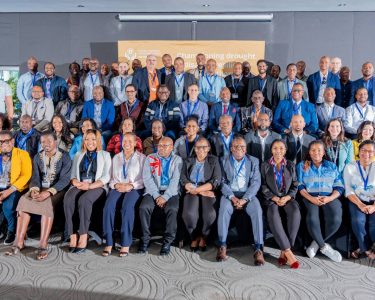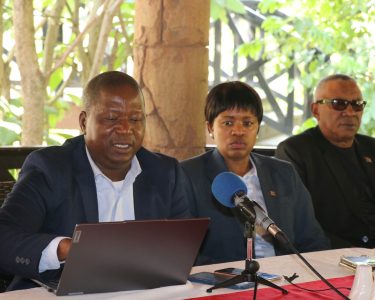
Nomsa Dlamini
Since gaining independence in 1968, Eswatini has seen significant economic growth, evolving from a nation with just one tar road leading to the colonial offices to boasting some of the best physical infrastructure in Africa today.
As we mark 56 years of independence, the Government’s commitment to infrastructure development continues to drive socio-economic progress, particularly through innovative projects like footbridges and suspended footbridges in rural areas.
The Government has made substantial investments in constructing these footbridges, especially in previously inaccessible rural communities.
These infrastructural marvels are not just connecting communities; they are unlocking numerous opportunities for economic growth, social inclusion, and educational advancement.
RELATED: PICTURES: Storm causes infrastructure damage
“His Majesty’s Government’s investment in footbridges is a testament to our dedication to enhancing connectivity and accessibility for all communities.
These bridges are more than just physical structures; they are lifelines that bring economic opportunities and social integration to previously isolated areas,” said Mr. Thulani Mkhaliphi, Principal Secretary in the Ministry of Public Works and Transport.
In a country where 75.21% of the population resides in rural areas, these footbridges are vital.

They form part of community-driven projects implemented by the Ministry of Economic Planning and Development (MEPD) under the Special Development Fund (CDSF), with field representation by the Microprojects Programme Coordinating Unit (MPCU).
Footbridges Transforming Lives Across the Country
In the Shiselweni region, the Gege-Mbhondela Footbridge, valued at E5,710,076.95, has been a lifeline for 1,500 people, reducing the risk of drownings during the rainy season and enhancing school attendance by providing safe passage for students.
“Before the footbridge, our children often missed school during the rainy season. Now, they can attend classes regularly and safely,” shared Nokuthula Shabangu, a resident of Gege.
Similarly, the Hlokomela Mjobela Footbridge in the Hhohho region, valued at E1,272,781.91, has significantly impacted the Hhukwini Inkhundla, benefiting 3,000 residents by connecting them to job opportunities and essential services.
“This bridge has brought our community closer to job opportunities and essential services that were previously out of reach. It has truly transformed our daily lives,” noted Philile Dlamini, a resident of Hhukwini.
RELATED:Inyatsi Foundation unveiled as title sponsor of Eswatini Schools Arts and Culture competitions
In Manzini, the rehabilitation of the Gebeni – Ngonini Footbridge has improved mobility for 2,210 people in Ntontozi Inkhundla. Gugu Mtsetfwa, an informal trader, highlighted its impact: “We no longer have to risk our lives crossing the river, and our children can now attend school regularly.”
The Moneni Peace Field Footbridge serves 8,000 people in the Manzini South Inkhundla and promotes social unity by enhancing access to surrounding areas.
“Our residents can now connect more easily with neighbouring communities, promoting socialisation and a sense of unity,” said Ncedo Gwebu.






